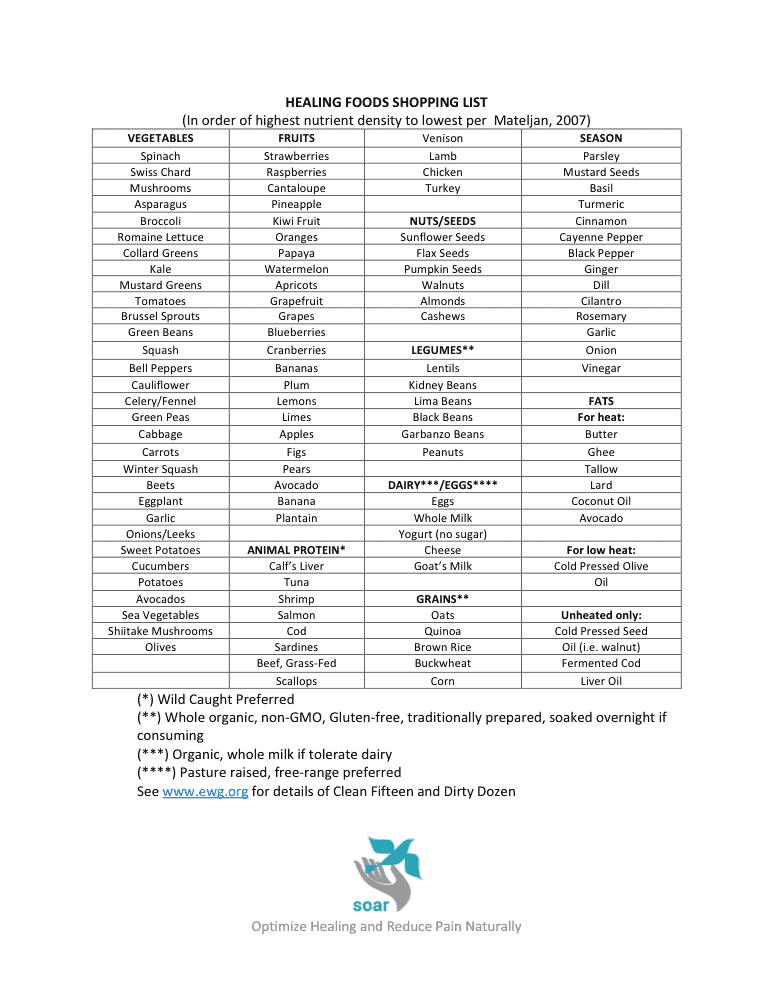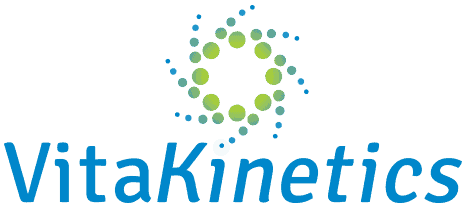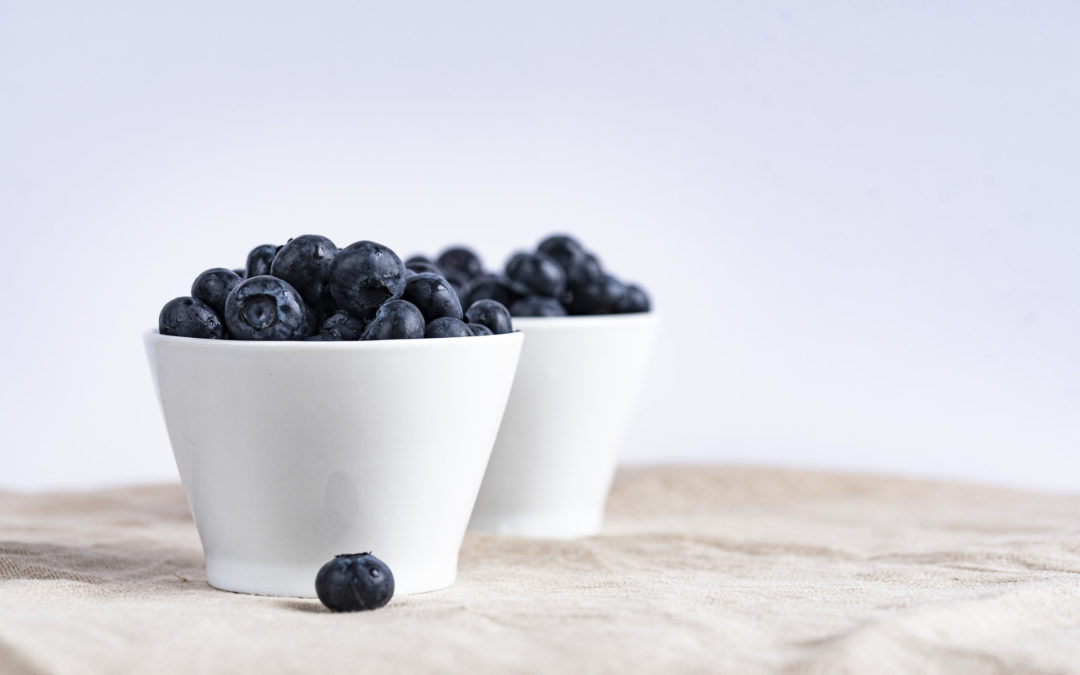Cooking (from scratch) is the single most important thing we could do as a family to improve our health and general well being.
—Michael Pollan
What Is Real Food?
To put it simply, to eat well, you must eat real food, not something that only looks like food. Most of the food you eat must be in its natural or whole form, free of contamination, in order to maximize nutrient-richness and absorption. However, in today’s world, understanding what real food is has become a bit confusing.
Real food is as close to its natural state as possible. It is simple. It is in its whole form and merely needs to be eaten or cooked for consumption and for the nutrients to be absorbed by the body. An example of real food would be broccoli. Broccoli can be safely eaten raw, or it can be gently cooked. An apple can also be eaten raw or cooked. The bioavailability of nutrients in a whole food is optimal for natural absorption.
In case there is any confusion about what exactly is a whole food, below is a chart listed in order of decreasing nutrient-richness adapted from George Mateljan’s The World’s Healthiest Foods:

Table 1: Whole foods listed in order of decreasing nutrient-richness.
It seems easy enough to eat real food and eat just enough for your active lifestyle, not too much and not too little. Eat when you are hungry and stop when you are full.
Refined and Processed
The whole is more than the sum of its parts.
—Aristotle
Packaged foods are often refined and processed. A refined food is a reduced version of the original whole food. It has been mechanically or chemically processed, resulting in the removal of many of the food’s original nutrients. The more refined the food, the fewer nutrients remain. In many cases, this is even considered negative nutrition. That means the substance provides no nutrients to the body but requires stored nutrients from the body to process. Many refined and processed foods can have additives, preservatives, or flavor enhancers. Because of this, it is important to read labels on everything in a package.
Some processed foods can be very nutritious. For example, fresh juicing removes the fiber and pulp from the fruits and vegetables but leaves a vitamin- and mineral-rich juice that is easily and rapidly absorbed. It even matters how oil is processed. In order to maintain the integrity and nutrients of oils, it must be expeller-expressed and unrefined in order to preserve the integrity of the fatty acids. Grains and legumes are inedible unless they are soaked, fermented, and sprouted to reduce phytic acid (a process that is often skipped altogether in mass production of refined grains in the form of flour). There will be more on fats, grains, and legumes later in the “Inflammation” section of the book Soar Into Health.
Here is a list of foods to be cautious of. I consider many of these types of foods to be negative-nutrition foods, meaning that not only are they processed and refined in a manner that removes potential nutrients, but also that they require your body’s stored nutrients to process and you get none in return. Additionally, the refining process can even make the food look like a “foreign substance” to the body. When your body encounters something foreign, it stimulates an immune response, which complicates things even further. For example, when dairy is pasteurized, it destroys the natural enzymes that actually assist in digestion and absorption. When fat is removed, it leaves a white liquid that is primarily sugar, also known as lactose. Although this process of pasteurization prevents bacteria transmission, it leaves a product devoid of nutrients and requires nutrients from the body to process. It doesn’t even look like milk to the body anymore. Yet fermenting dairy in the form of yogurt, kefir, or cheese helps break down the proteins and sugars so the dairy is more readily digested. There will be more on dairy in the “Inflammation” section of the book Soar Into Health.
Negative Nutrition Foods (aka Not Real Food)
-
Crackers
-
Cookies
-
Chips
-
Tortillas
-
Pasteurized or boxed juice (fresh-squeezed juice is nutrient-rich)
-
Bread
-
Nonfat/low-fat milk
-
Donuts
-
Protein powders
-
Soda (regular or diet)
-
Sugar
-
Artificial sweetener (NutraSweet)
-
High-fructose corn syrup
-
Trans-fatty acids (canola oil, hydrogenated vegetable oil, crackers, pastries, shortening, margarine—be aware when eating out)
In the end, the safest choice is always to choose something that is minimally processed or refined. If it does need to be refined or processed, just be aware of how it is done so you know whether that item is retaining its nutrients or not. When a process actually improves nutrients, like fermentation, then enjoy. Eat negative-nutrition foods sparingly. Our vitamin/mineral balance is fragile at best. Make it a habit to eat nutrient-rich whole foods, and you will be doing your body good and helping with disease prevention.
Remove.Replace. Restore.
Remove negative-nutrition foods and food-like substance.
Replace with real, whole nutrient-rich foods.
Restore health.
1. Mateljan G. The world’s healthiest foods. First ed. Seattle, Washington: George Mateljan Foundation; 2007.

